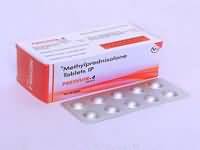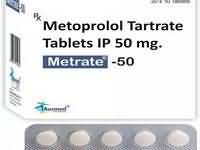Gemfibrozil

Gemfibrozil
CLINICAL USE
Hyperlipidaemias of types IIa, IIb, III, IV and V
DOSE IN NORMAL RENAL FUNCTION
1.2 g daily, usually in 2 divided doses; range 0.9–1.2 g daily
PHARMACOKINETICS
Molecular weight :250.3 %Protein binding :>97 %Excreted unchanged in urine : <6 Volume of distribution (L/kg) :9–13 litreshalf-life – normal/ESRD (hrs) :1.3–1.5/Unchanged DOSE IN RENAL IMPAIRMENT
GFR (mL/MIN)
20 to 50 : Initially 900 mg daily 10 to 20 : Initially 900 mg daily. Monitor carefully <10 : Initially 900 mg daily. Monitor carefully DOSE IN PATIENTS UNDERGOING RENAL REPLACEMENT THERAPIES
CAPD :Not dialysed. Dose as in GFR <10 mL/min HD :Not dialysed. Dose as in GFR <10 mL/min HDF/high flux :Not dialysed. Dose as in GFR <10 mL/minCAV/VVHD :Not dialysed. Dose as in GFR=10–20 mL/min IMPORTANT DRUG INTERACTIONS
Potentially hazardous interactions with other drugsAntibacterials: increased risk of myopathy with daptomycin – try to avoid concomitant useAnticoagulants: enhances effect of coumarins and phenindione; dose of anticoagulant should be reduced by up to 50% and adjusted by monitoring INRAntidiabetics: may improve glucose tolerance and have an additive effect with insulin or sulphonylureas; rosiglitazone concentration increased – possibly reduce rosiglitazone dose; possibly enhanced effect with nateglinide; increased risk of severe hypoglycaemia with repaglinide – avoid concomitant useCiclosporin: Parke-Davis have one report on file of an interaction with ciclosporin where serum ciclosporin levels were decreased. No effects on muscle were notedCytotoxics: bexarotene concentration increased – avoid concomitant useLipid-regulating drugs: increased risk of myopathy in combination with statins and ezetimibe – avoid concomitant use ADMINISTRATION
Reconstition
– Route
Oral Rate of Administration
–Comments
– OTHER INFORMATION
Adverse effects have not been reported in patients with renal disease, but such patients should start treatment at 900 mg daily, which may be increased after careful assessment of response and renal functionCases of rhabdomyolysis may be increased in those with renal impairmentApproximately 60–70% is excreted in the urine as both conjugated and unconjugated drugGemfibrozil alone has caused myalgia and myositis, but the effects appear to occur much more frequently and are more severe when a statin is also used. The combination is therefore not recommended.
See how to identify renal failure stages according to GFR calculation
See how to diagnose irreversible renal disease
Home









